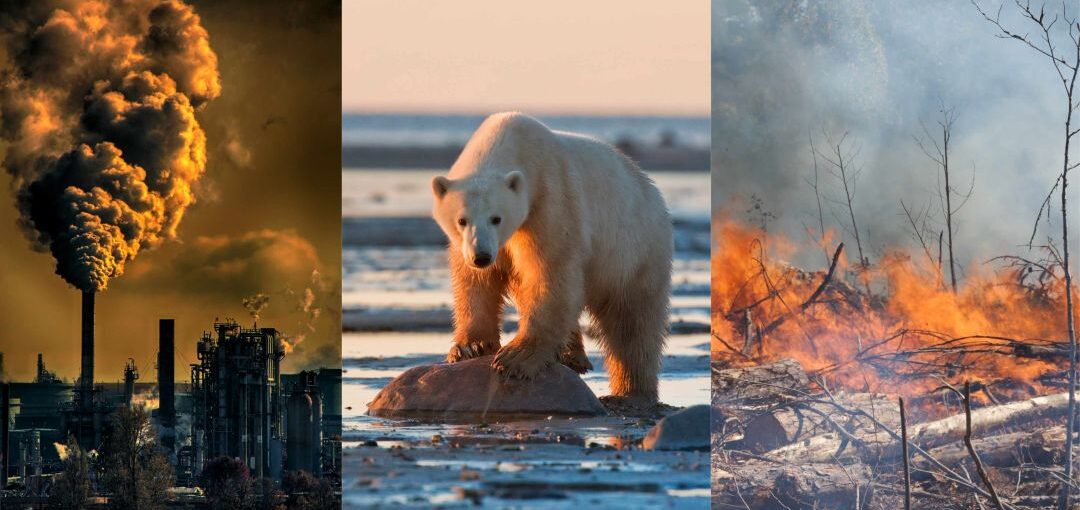The increasing occurrence of physical climate risks is driving up disaster-related costs, leading to greater economic volatility, higher average inflation, and slower real growth. What does this mean for investors? In this report, we explore the three key questions concerning U.S. markets. First, how will climate change impact your portfolio? Second, what will it imply for expected returns across various asset classes? Third, how will correlations and volatility expectations influence the optimal portfolio composition? Our financial analysis draws from NGFS’s “Below 2°C” and “Current Policies” scenarios, with the latter “Hot House” scenario posing more severe economic and market impacts. Both scenarios also factor in other structural trends, notably demographic slowdowns.
Interest rates are expected to fall, possibly turning negative in real terms by the 2040s. Long-term interest rates are projected to decline, averaging about 2.5% until 2050, with minimal variation between climate scenarios. Rising inflation will gradually push real yields into negative territory, reaching -0.5% (Below 2°C) and -0.7% (Current Policies) by 2050.
Equity investors will face heightened risks and reduced returns due to rising risk premiums and lower dividend growth. The increased physical and transition risks will likely lead to higher discount rates for future returns, compounding the slowdown in economic growth. Annual total equity returns are expected to average 5.4% (Below 2°C) and 4.7% (Current Policies) by 2050, still providing slightly positive real returns by the end of the forecast period. In the credit market, spreads are projected to widen to 140bps under the Below 2°C scenario and 170bps in the Current Policies scenario by 2050.
The optimal portfolio allocation could shift from the traditional 60/40 split to a 40/60 bond-heavy portfolio. Climate-related supply shocks will reduce the effectiveness of bonds as a hedge against equity volatility and diminish the risk-return profile of equities. To optimize risk-adjusted returns, a more bond-focused portfolio may be necessary. However, the average total returns of such portfolios are expected to drop to around 4.1% (Below 2°C) or 3.8% (Current Policies) by 2050, compared to 10.4% in the past, while volatility rises.
Equity prices could be 25% higher in 2050 as a reward for limiting temperature rise to Below 2°C. Beyond the environmental benefits, prioritizing climate action could yield financial gains. It is crucial to increase awareness and prepare monetary policy accordingly. Institutional investors will need to adjust their strategies to accommodate lower returns and higher volatility, while also addressing these changes in their communications with clients, particularly future retirees.
Learn more here: https://www.allianz.com/en/economic_research/insights/publications/specials_fmo/240910-capital-markets-climate.html











